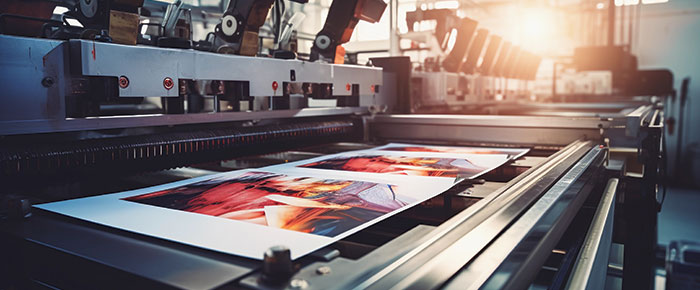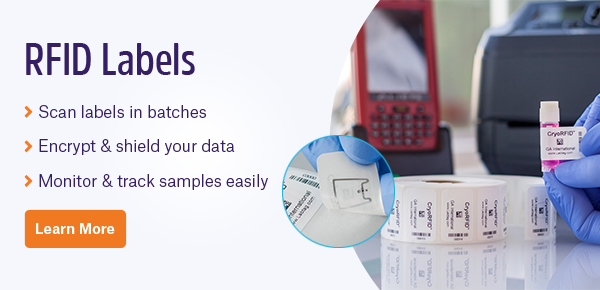
Zebra Technologies is one of the leading manufacturers of thermal-transfer and RFID printers. Over the last several years, they have carried out their Warehouse Vision Study as a means to keep up with the changing landscape of warehouse technologies and to understand the needs and motivations of associates and decision-makers throughout a variety of industrial sectors. Their most recent study from 2023, a survey of over 1,400 IT and operational decision-makers, sheds some light on a range of topics, from identification technology modernization to wide-scale automation.
Modernization remains a priority
In Zebra’s Warehousing Vision Study, a large majority, up to 73% of respondents, said that over the next year, they have or will be accelerating the timelines of modernization projects. A similar proportion of respondents, 69%, said they are already planning to increase funding for their existing modernization plans. This is on top of expected increases by 2028 of 19% in the average size of facilities and 39% in the global average number of facilities, along with rising average investments in technology of ~500,000 USD from 2022 to 2023, even though the size and number of facilities decreased overall during that same period. So, despite the current slowdown in growth, manufacturers feel they are still primed to enhance their flexibility and efficiency in the long term.
Managers want to increase inventory visibility
Visibility in the warehouse is crucial to increasing efficiency. Enhanced data visibility through automation is one way companies can be more productive while simultaneously minimizing errors, such as inventory inaccuracies and out-of-stocks. According to the survey respondents, 82% thought improved visibility could improve staff and asset utilization. Technologies used to increase visibility, such as RFID and barcode labels, can directly impact profitability, something that most respondents seem to have taken note of. In the survey, there was a significant uptick from 2023 to 2024 in the proportion who planned to increase the implementation of sensor technology in the warehouse. Among the technologies that respondents were planning to implement, RFID tags and sensors led the way, with 81% saying they would integrate them in 2024.
Performance still needs to be improved
As the need for warehouse accuracy increases each year, so too does the pressure to improve performance to meet customer expectations. The survey highlighted these worries, with 79% saying they were concerned about managing workloads and high-stress levels to meet productivity goals. One of the challenges to meeting these goals that was addressed by the survey included service level agreements (SLAs), with 81% of respondents agreeing that missed SLAs pose a tremendous financial burden and must be addressed quickly. The top drivers of error rates leading to missed SLAs that the respondents noted included sorting and packing (47%), order picking (46%), and put-away (43%).
Automation is valued… but not at the expense of staff
Automation is a key facet in improving efficiency, with 69% of survey respondents saying they plan to automate workflows by 2024. However, the survey also notes that these technologies need not replace human workers. Instead, collaborative robots are seen as a way to enhance the capabilities of front-line workers in addition to shifting them towards customer-centric, high-value tasks. According to the study, 86% of associates and 88% of decision-makers thought implementing warehouse technologies, robotics, and devices would help attract and retain workers. In fact, 55% of respondents thought attracting qualified workers was one of their main labor challenges, with 54% saying that training takes too long and 45% saying it is challenging to keep associates happy and fulfilled. Therefore, it appears that automation may play a role in improving workflow processes and keeping employees engaged and motivated.
Overall, it appears that there is a significant drive towards implementing modernization and automated technologies throughout warehouses, with the goal of enhancing productivity, eliminating errors, and increasing profitability. With technologies like RFID and barcode labels, scanners, and automated machines, it is likely that the companies surveyed, as well as others worldwide, can become capable of reaching these goals and meeting the demands of growing customer expectations.
LabTAG by GA International is a leading manufacturer of high-performance specialty labels and a supplier of identification solutions used in research and medical labs as well as healthcare institutions.
Reference:
- Zebra Technologies. Warehousing Vision Study 2023: Making Modern Warehousing a Reality. 2023.


